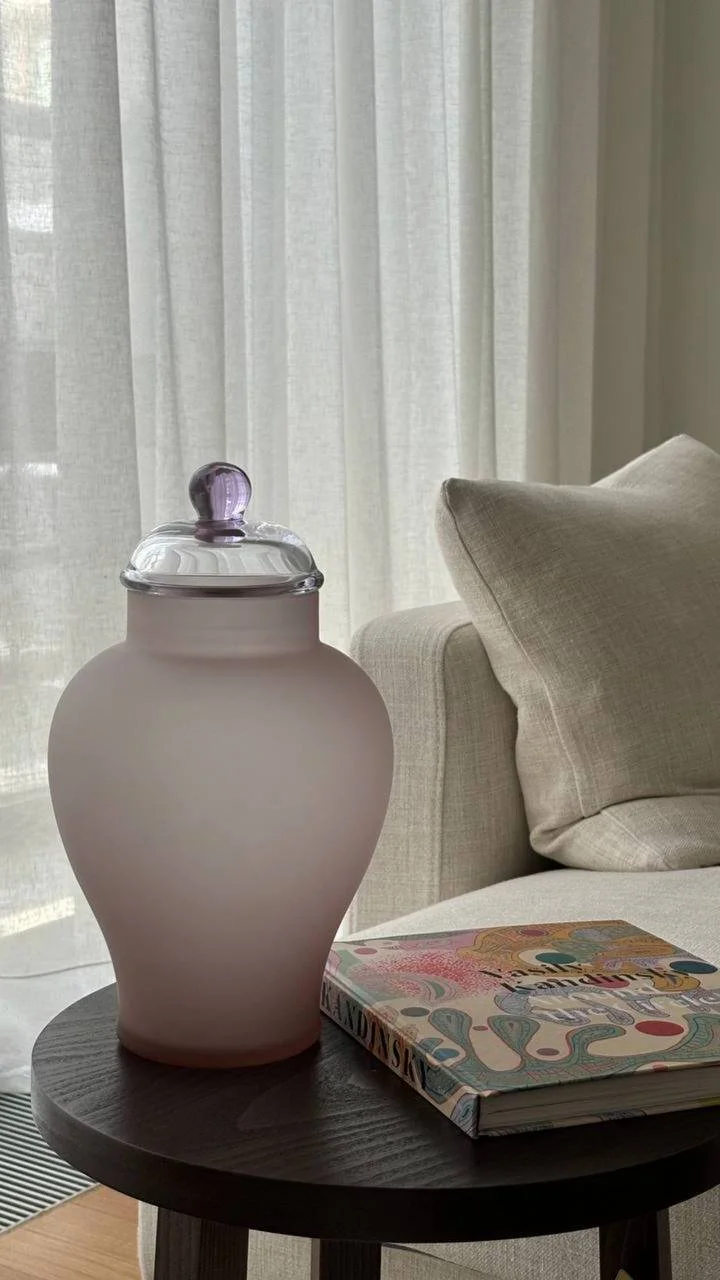The Promise to Contain
There is no culture without vessels. Fired clay rose as a small wall that, for the first time, stopped the passage of water, of grain, of wine. In that gesture another awareness was born: that time itself could be kept, even if only for a few more hours.
Long before it was an ornament, the vase embodied that impulse to preserve. Perhaps that is why it does not always need to be filled. It can remain empty for years—on a table, in a corner, on a shelf. Its emptiness is the promise of containment, and that is enough. It is not a static emptiness: it gathers what happens around it—conversations, dust, insects, humidity, air—and becomes a small cave within the domestic space, a silent witness to the life unfolding nearby.
Look closely at its surface and it reveals traces of routine: water, mold, dried petals, crazed glaze, eroded rims, birthday ribbons, or the attempt to erase all signs with meticulous cleaning. Each mark is a minimal inscription of lived time, a rhythm rarely named yet sustaining the memory of a house. Sometimes it also holds the imprint of an event: it is given as a gift on special occasions, its form forever linked to a memory.
Olga Prisakaru recalls clients who waited months for a particular piece, convinced that only that form could hold their memory—a journey, a reunion, a loss.
Few forms have accompanied humanity with such persistence as the vase. From Neolithic clay jars in the Near East, to the amphorae of classical Greece, to the ceremonial vessels of medieval Japan, the silhouette endures: a narrow neck, a body that expands, a base that supports.
More than a utensil, it became an archetype. Vases also inhabit the deepest layers of our consciousness. It was an amphora—Pandora’s fabled vessel—from which, legend says, all evils escaped, leaving only hope at the bottom. Over time, the story was mistranslated and reshaped: what was once a great ceramic jar became the “Pandora’s box” of modern languages.
The materials that shaped this silhouette have varied. Clay and ceramics preserve the intimacy of the human gesture; glass, more fragile and demanding to mold, shone for centuries in palaces and vitrines, a sign of prestige that easily erased the traces of the artisan’s hand.
Today, some pieces reinterpret those ancient gestures of clay in glass, preserving the irregularity of the hand: curves, fissures, variations of color. Objects that continue to inhabit domestic life, absorbing the histories that form around them, ready to recount them one day—quietly, in our place.
